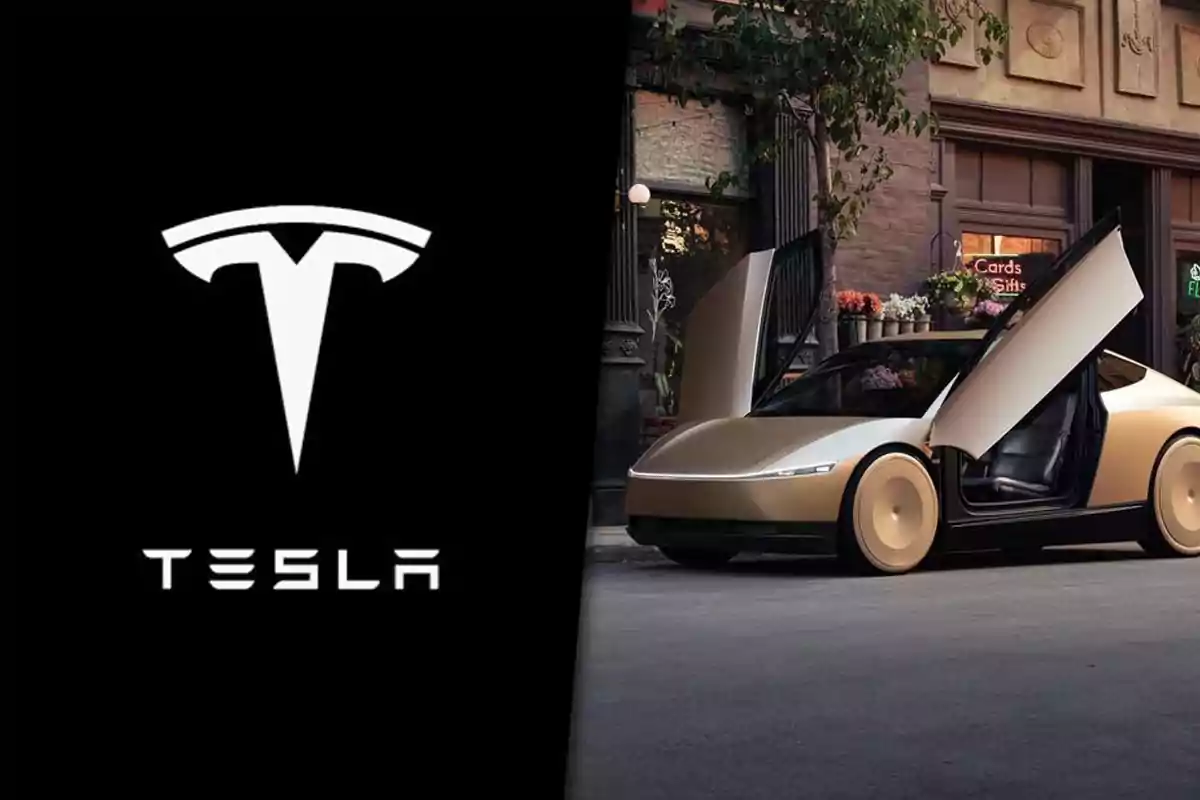
The future has arrived: Tesla launches its robotaxi service in the United States
Tesla begins testing its fleet of robotaxis in Austin on June 12 and plans to expand it to one thousand units
The future has arrived: Tesla is launching its robotaxi program in Austin, Texas, starting June 12. This is a pilot phase that aims to mark a turning point in autonomous mobility.
The first vehicles will circulate in geolocated and safe zones, with the goal of scaling up to one thousand units in the coming months.
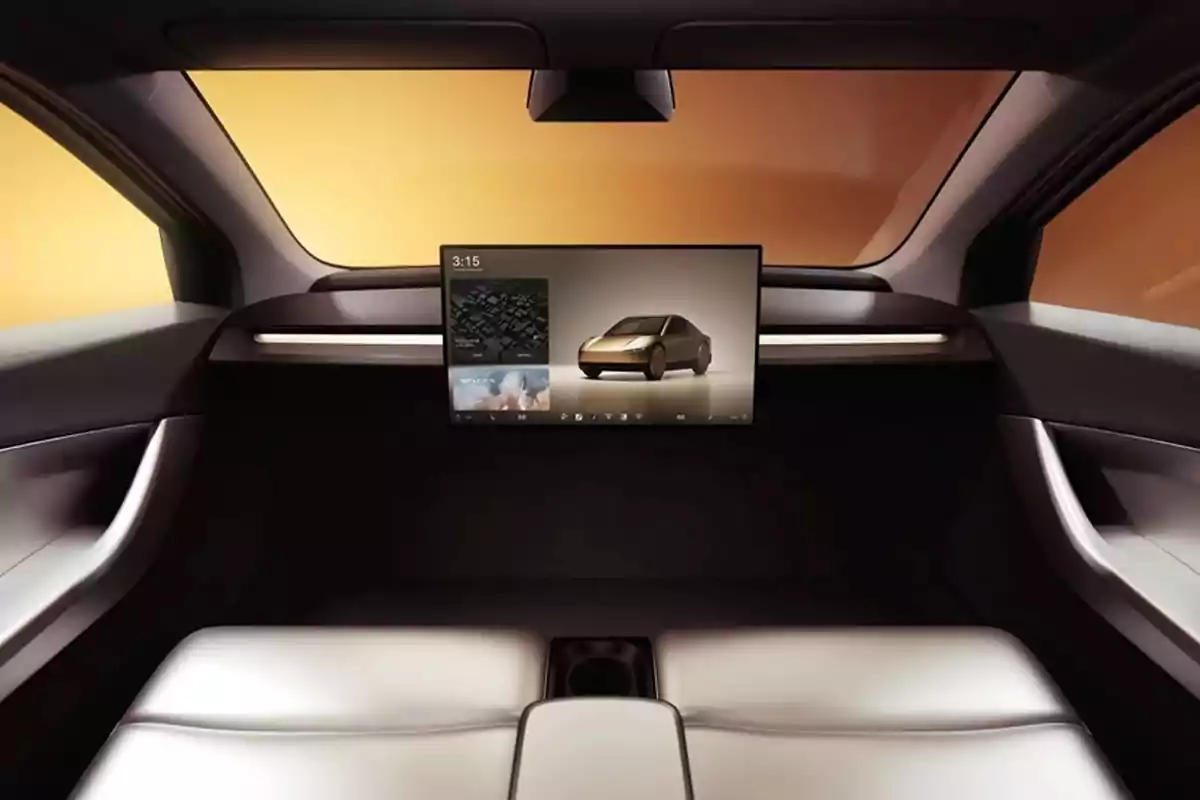
What will Tesla's robotaxi pilot test be like?
The project begins with at least ten autonomous vehicles that will operate in designated areas of Austin. These zones will be marked by geofences, a technology that restricts movement to controlled sectors.
The goal is to reduce risks in this initial stage and validate the system's behavior in real urban scenarios. Expansion will be gradual, but without leaving the established boundaries.
Robotaxis: Tesla's new core
According to Elon Musk, robotaxis represent Tesla's main focus for the coming years. The company has put the development of a new, affordable electric car platform on hold.
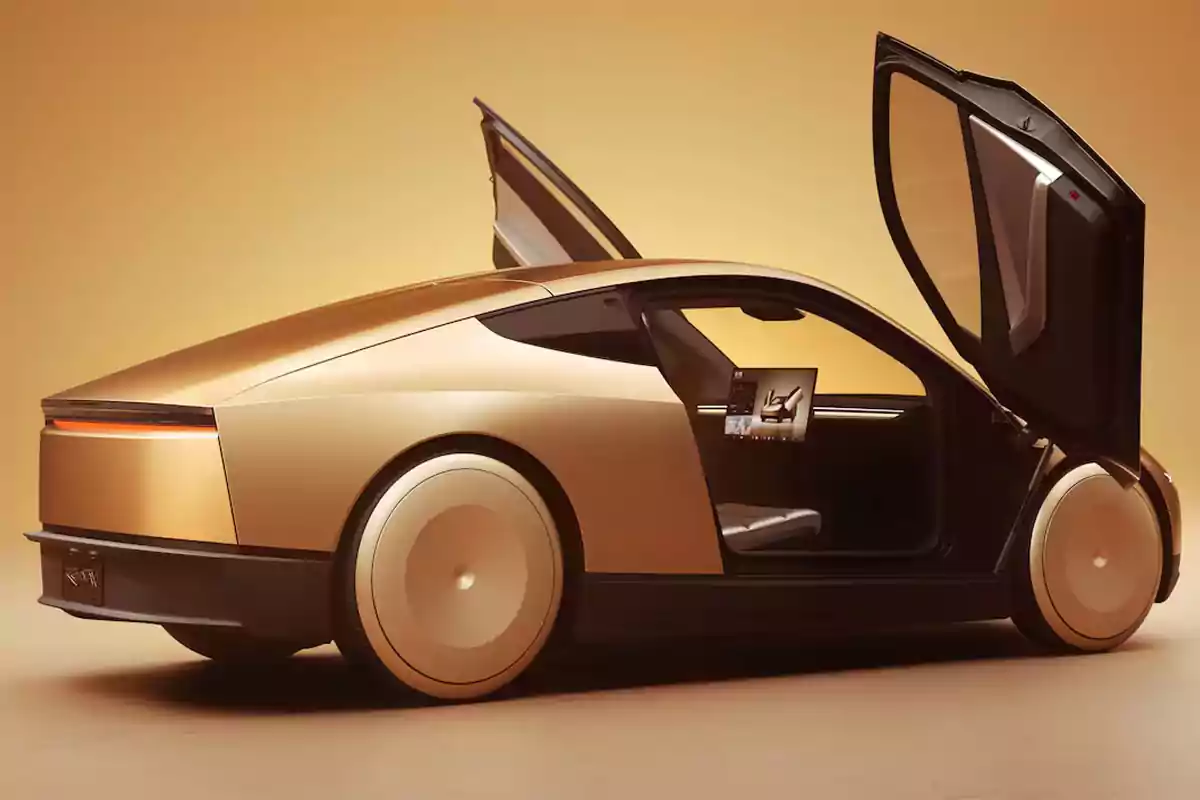
The new direction is set on autonomous vehicles and Optimus, the company's humanoid robot. "The only thing that matters in the long term is autonomy and Optimus," Musk stated.
A controlled environment to minimize risks
Testing within geofences allows operation in a more predictable environment. This is key for the system's machine learning and for meeting the required safety standards.
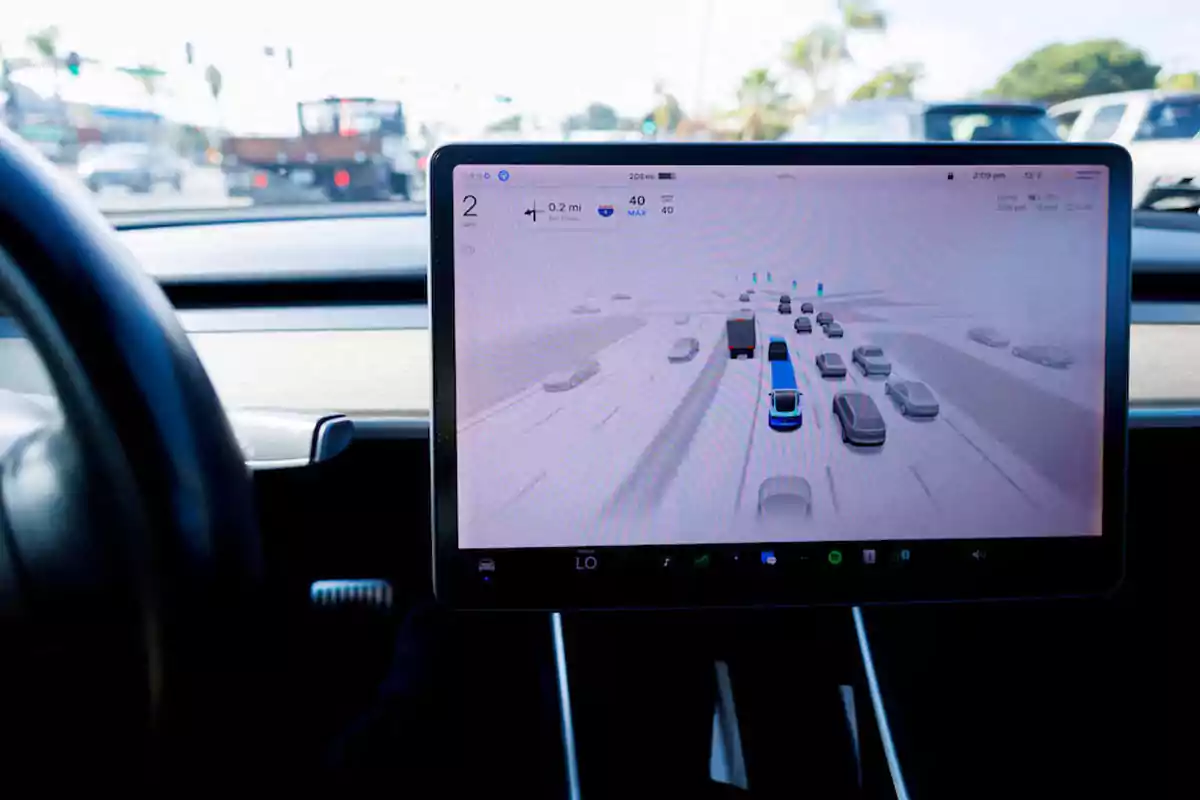
Additionally, it allows Tesla to collect real data to improve its FSD (Full Self-Driving) software, the cornerstone of the entire project.
The regulatory challenges Tesla faces
The deployment of robotaxis also triggers alerts in regulatory agencies. NHTSA is investigating previous incidents linked to Tesla's autonomous driving software.
Situations involving fog, heavy rain, and low visibility have come under scrutiny. Authorities are demanding clear answers before authorizing the service on a large scale.
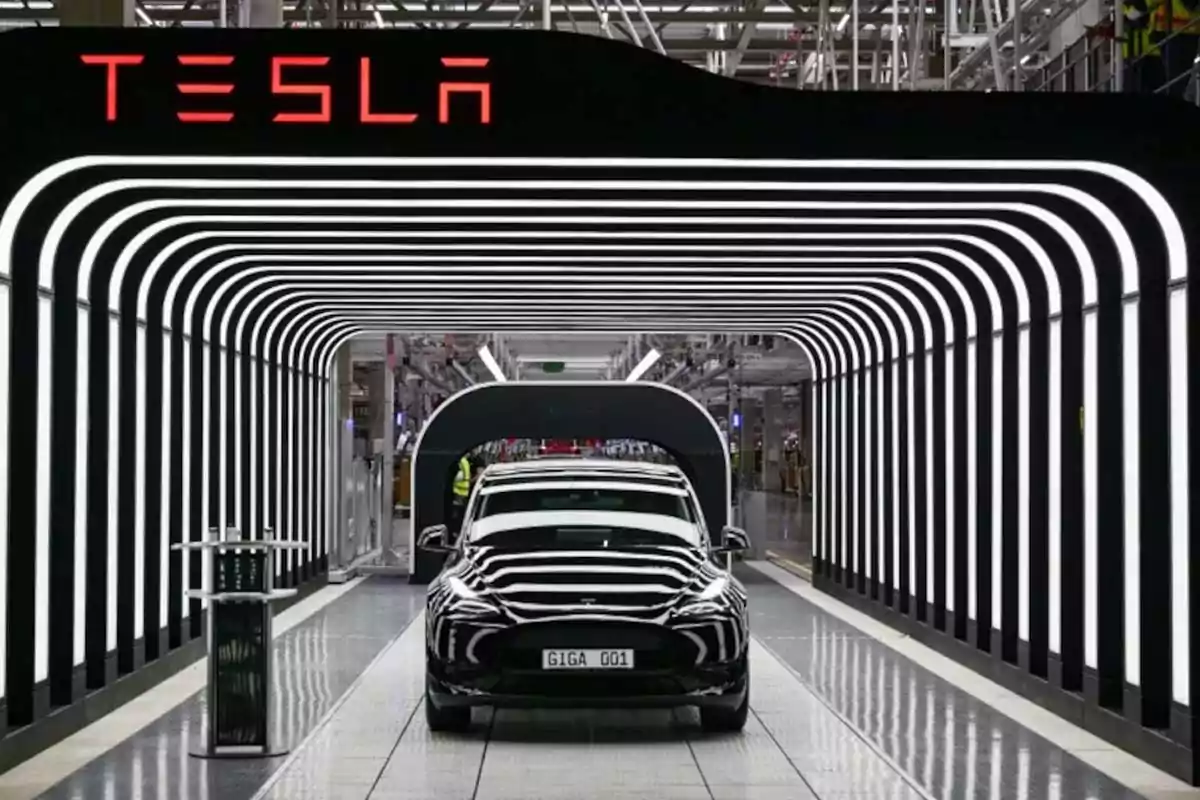
Will Tesla share its technology with other brands?
To reinforce its leadership, Tesla has opened talks with other automakers to license its FSD software. The idea is for more companies to be able to incorporate its autonomous driving technology.
This would allow for greater adoption of autonomous systems without each brand having to develop its own software from scratch. In turn, Tesla positions itself as the absolute benchmark in this new stage of the industry.
More posts: